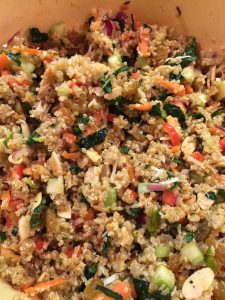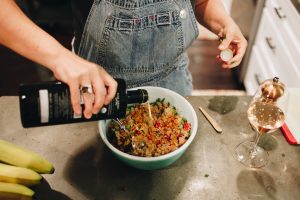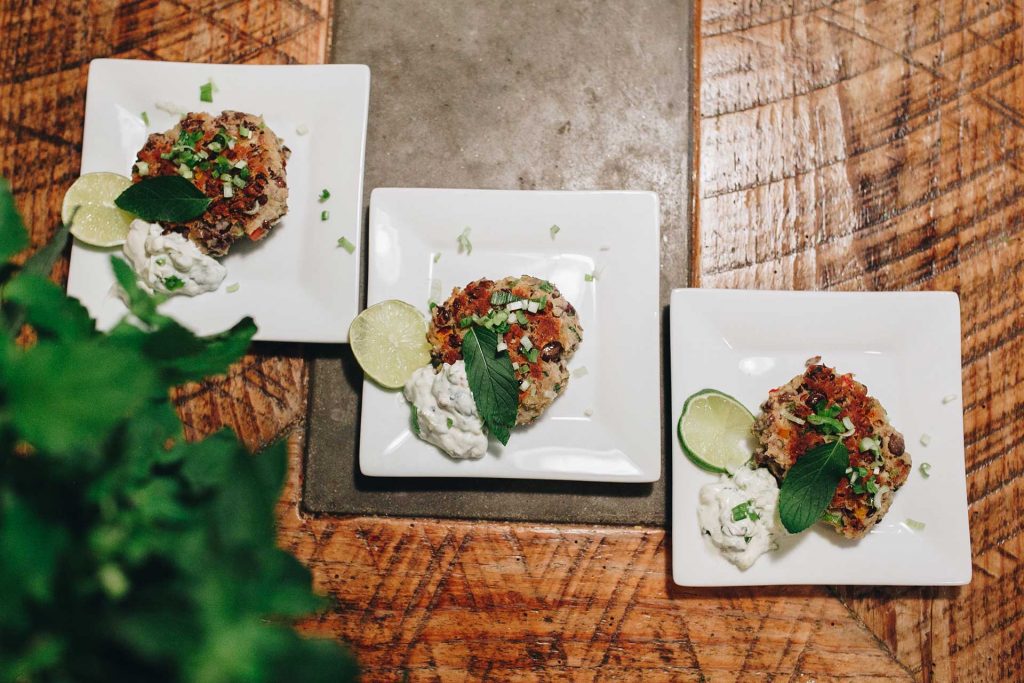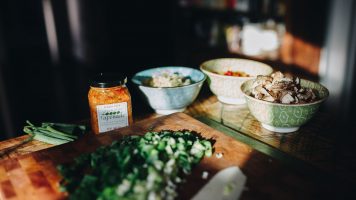This is a very discussed topic these days and you can find varying opinions on whether this is a good practice or not. We have been soaking beans for as long as I can remember so that they would soften easier but I had never heard of the soaking, fermenting and sprouting process that is now up for discussion. The interesting part of all this is that this actually was the traditional way of preparing grains, beans and legumes.
I have struggled so much with digestion. Beans and grain (unless sprouted) have caused me lots of bloating and digestive difficulties (if you know what I mean?). I just set them aside for special occasions until I read all about soaking from my favorite cookbook author, Amy Chaplin. I realized that this might be my answer and that I could add these great nutritional powerhouses back into my daily diet. So what is the Science behind this? Well, on this blog you will not find detailed chemistry but I will give you the basics that you need to know and the rest is left up to your research skills.
 Grains, Beans and Legumes all contain phytic acid which can make them more difficult to digest for some people. Phytic Acid also prevents your body from absorbing the certain minerals that are found in grains, legumes and beans. Each individual grain, legume and bean have different levels of phytic acid so the soaking time can vary.
Grains, Beans and Legumes all contain phytic acid which can make them more difficult to digest for some people. Phytic Acid also prevents your body from absorbing the certain minerals that are found in grains, legumes and beans. Each individual grain, legume and bean have different levels of phytic acid so the soaking time can vary.
Now, all that being said, I don’t believe making “good for you food” should be difficult so I make it easy on myself. I soak my grains overnight, (at least 7-8 hours) strain and rinse them when I am ready to cook them the next day. For beans, it is recommended that you soak them for 2 days changing the water in between. I do all of this when I am cleaning up after dinner so it doesn’t add much more to my daily routine.
What is the process of soaking grains, legumes and beans?
1. Soak them in Filtered Water-Two parts water to one part food 
2. Add An acidic medium-1 TBS. per 1 Cup of water
a. I use lemon juice or apple cider vinegar for grains
b. I use baking soda for my beans and legumes
3. Put them in a warm place-in the summer they sit on my stovetop and in the winter I put them in my oven (the oven is not on of course, it is just draft free)
4. Drain when ready to cook. It is not necessary to rinse after soaking with the exception of quinoa. Quinoa has saponins which can give it a bitter aftertaste if not rinsed.
Enjoy your grains, legumes and beans using them in your favorite recipes. I have been so excited to experiment now that I can include all these favorites into my diet without the side effects.
Check out two of my favorite Recipes: Curried Quiona Salad and Black Bean Cakes with Jalapeño Crema. I hope you will love them as much as I do:)

Enjoy!!!



